

Making business easier and faster, decarbonising our industry, driving innovation and upskilling

Protecting our farmers and food systems, safeguarding biodiversity and adapting to climate change

Both the EU and Member States enact climate policies – but who does what?

Writing into law the goal set out in the European Green Deal for Europe’s economy and society to become climate-neutral by 2050.
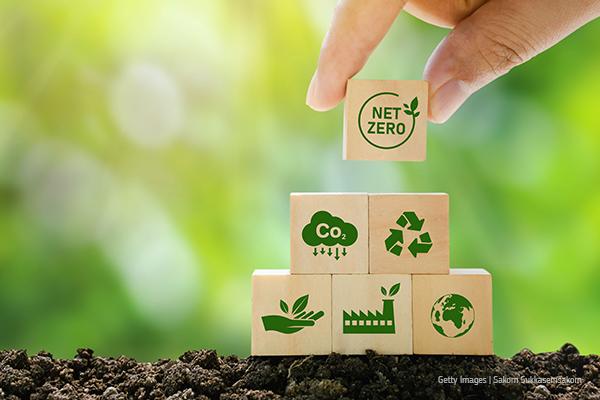
Our targets for the future, and how we’re going to reach them.

Adapting to climate change means taking action to adjust to its present and future impacts.

A ‘cap and trade’ system to reduce emissions via a carbon market.

This page is your gateway to learn more about what fluorinated greenhouse gases (F-gases) are, how they may impact you, the reasons for reducing their emissions, and the achievements of the EU in this regard.
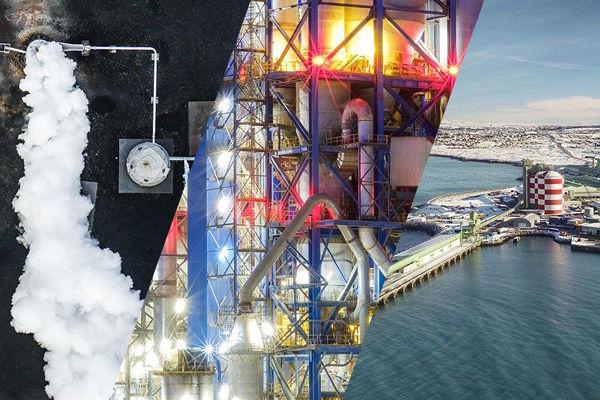
Discover what the European Commission is doing to support the deployment of Industrial Carbon Management (ICM) technologies across Europe, while also ensuring their operational safety.
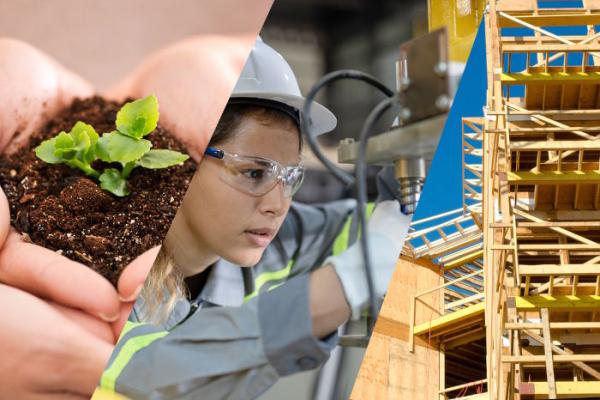
Find out how carbon removals and carbon farming can help the EU achieve its 2050 climate target.
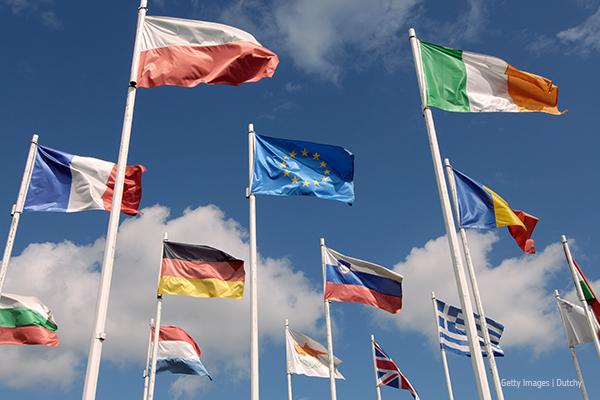
Sharing the effort to reduce greenhouse gas emissions in key sectors.
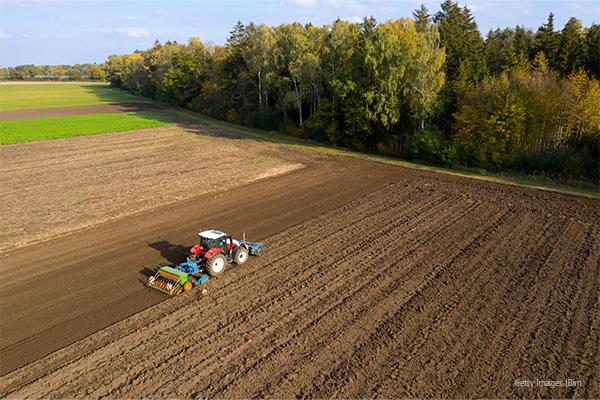
Find out about the crucial role the land use sector plays in fighting climate change, and what the EU is doing in this field.

How the EU funds climate action in Europe and beyond.
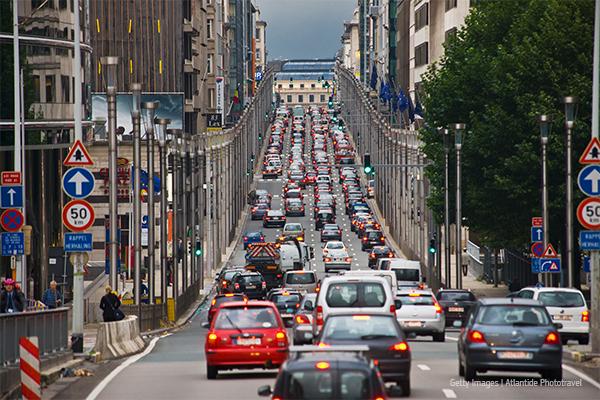
Transport represents almost a quarter of Europe's greenhouse gas emissions and is the main cause of air pollution in cities.

Because climate change is global.

This page is your gateway to learn more about what fluorinated greenhouse gases (F-gases) are, how they may impact you, the reasons for reducing their emissions, and the achievements of the EU in this regard.

Spearheading a climate-neutral future with Europe’s towns, cities and regions.

The climate and nature crises are interconnected and need to be tackled together.

Climate disinformation is the intentional dissemination of false information related to climate change and climate action.
